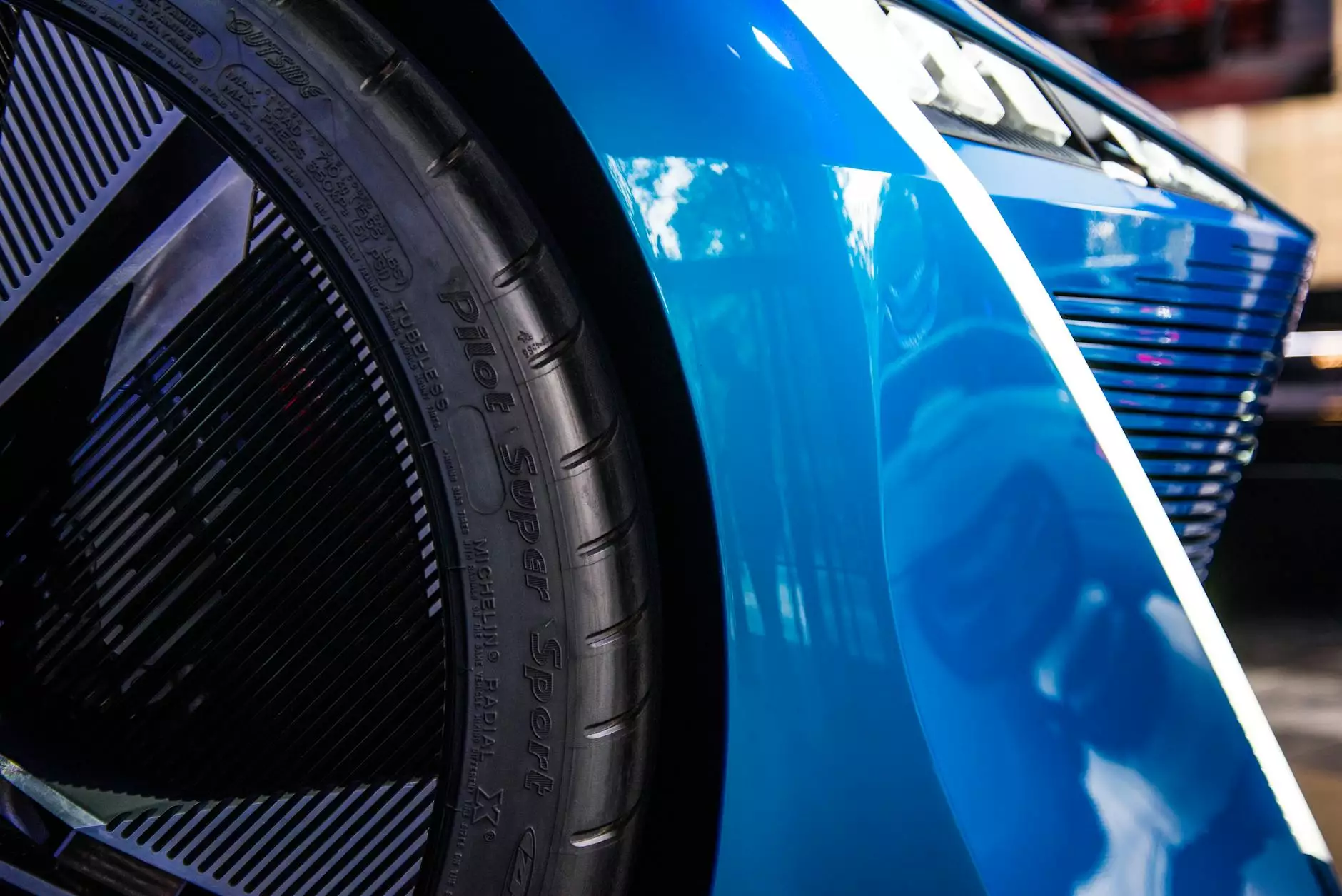Misfire Diagnosis Guide: How to Diagnose Engine Misfires
Content Marketing
As an owner of a vehicle, encountering engine misfires can be frustrating and concerning. At SEO Studios, we understand the importance of proper diagnosis and timely resolution of such issues. In this comprehensive guide, we will take you through the steps to effectively diagnose engine misfires, ensuring optimal performance and longevity of your vehicle.
Understanding Engine Misfires
Before delving into the diagnostic procedures, it's essential to grasp the concept of engine misfires. An engine misfire occurs when one or more cylinders fail to ignite the air-fuel mixture at the correct time. This leads to a disruption in the engine's smooth operation, resulting in noticeable symptoms such as rough idling, loss of power, and increased fuel consumption.
Common Causes of Engine Misfires
Engine misfires can be attributed to various factors, including:
- Faulty spark plugs
- Issues with the ignition system
- Fuel delivery problems
- Vacuum leaks
- Compression issues
By understanding the potential causes of misfires, you can effectively narrow down the root of the problem and expedite the diagnostic process.
Diagnostic Procedures for Engine Misfires
When diagnosing engine misfires, a systematic approach is paramount to pinpoint the exact cause. Here are some steps to follow:
Step 1: Scan for Trouble Codes
Utilize an OBD-II scanner to retrieve trouble codes stored in the vehicle's computer. These codes can provide valuable insights into the specific cylinder(s) experiencing misfires.
Step 2: Inspect Spark Plugs
Examine the condition of the spark plugs for signs of wear, fouling, or damage. Damaged spark plugs can impede proper combustion, leading to misfires.
Step 3: Check Ignition Components
Inspect the ignition coils, wires, and distributor (if applicable) for any faults. Faulty ignition components can disrupt the spark delivery to the cylinders.
Step 4: Test Fuel Delivery System
Evaluate the fuel injectors, fuel pump, and fuel filter for proper functioning. Inadequate fuel supply can result in lean or rich air-fuel mixtures, causing misfires.
Step 5: Evaluate Compression
Perform a compression test to assess the health of the engine's cylinders. Low compression levels can lead to misfires and other performance issues.
Conclusion: Resolving Engine Misfires
By following these meticulous diagnostic procedures, you can accurately identify the underlying cause of engine misfires and take appropriate corrective actions. For comprehensive misfire diagnosis and expert troubleshooting, trust SEO Studios to deliver unparalleled insights and solutions for your vehicle's performance needs.



